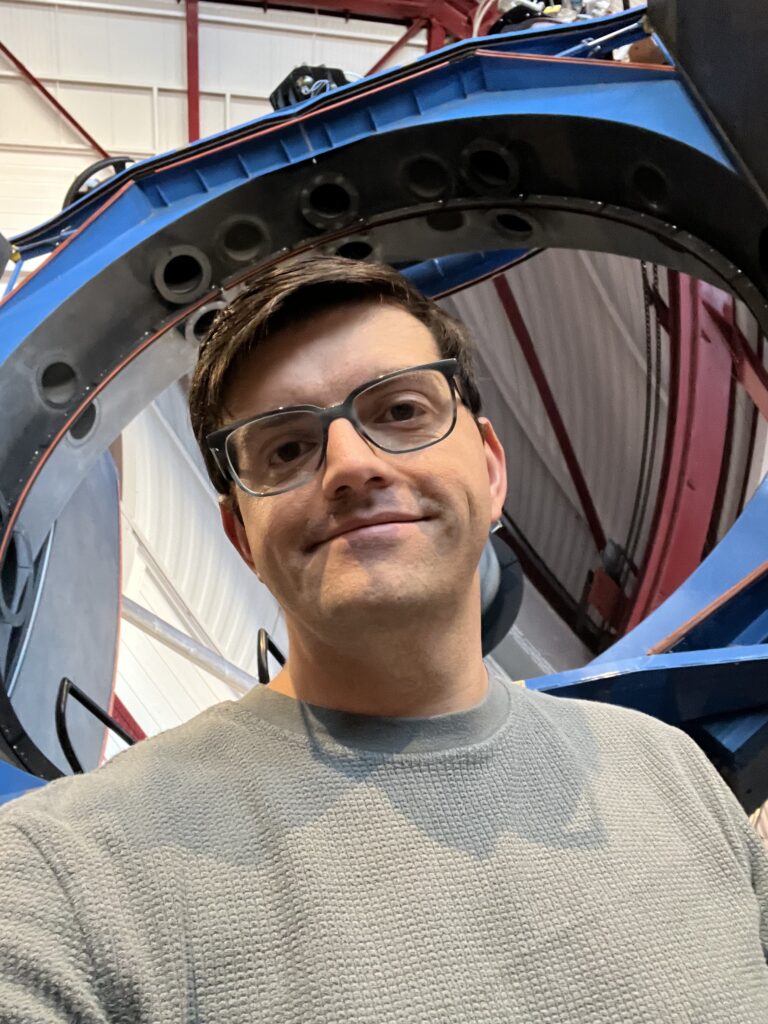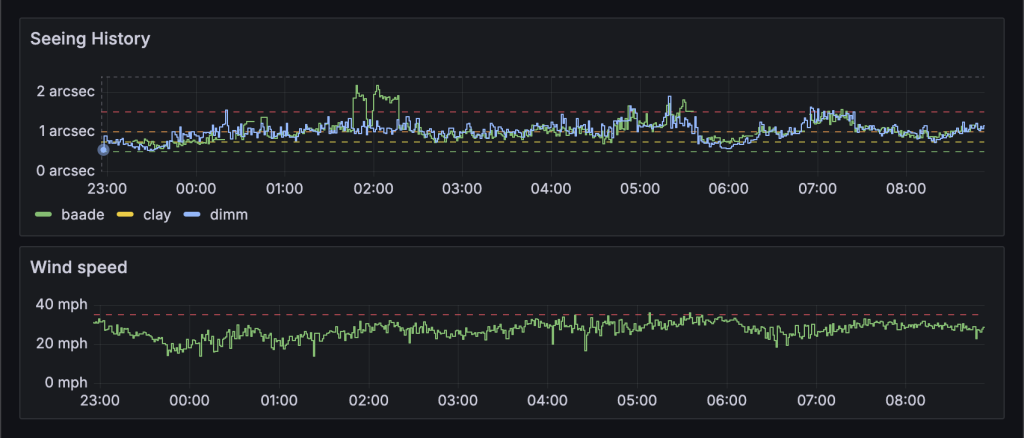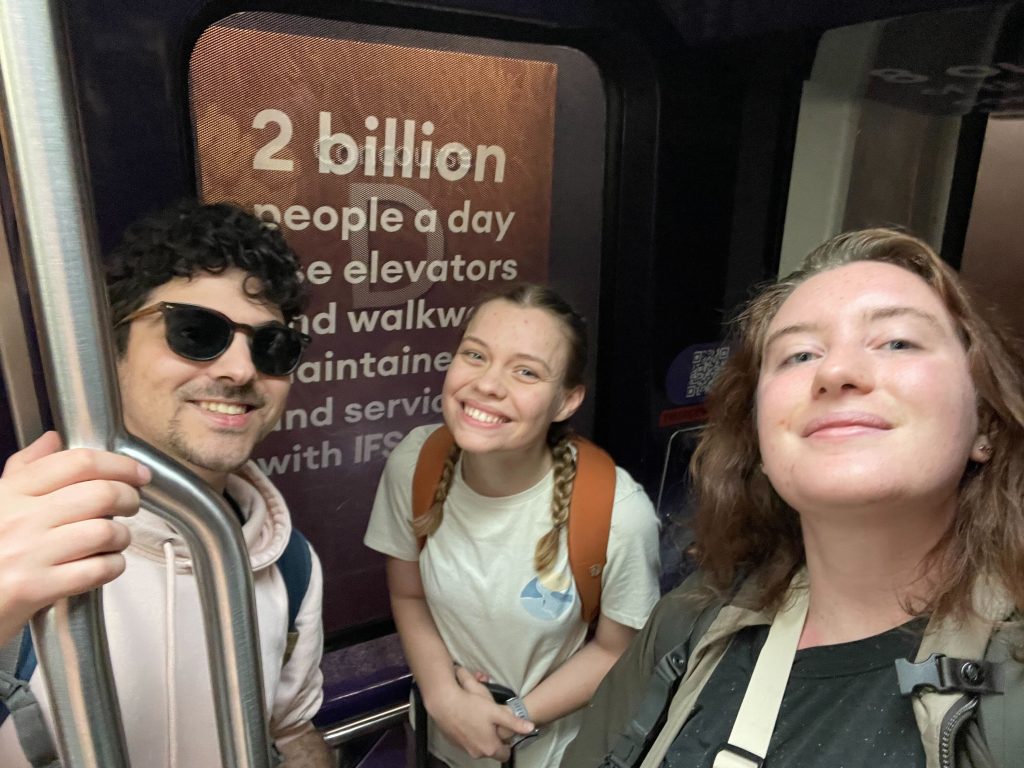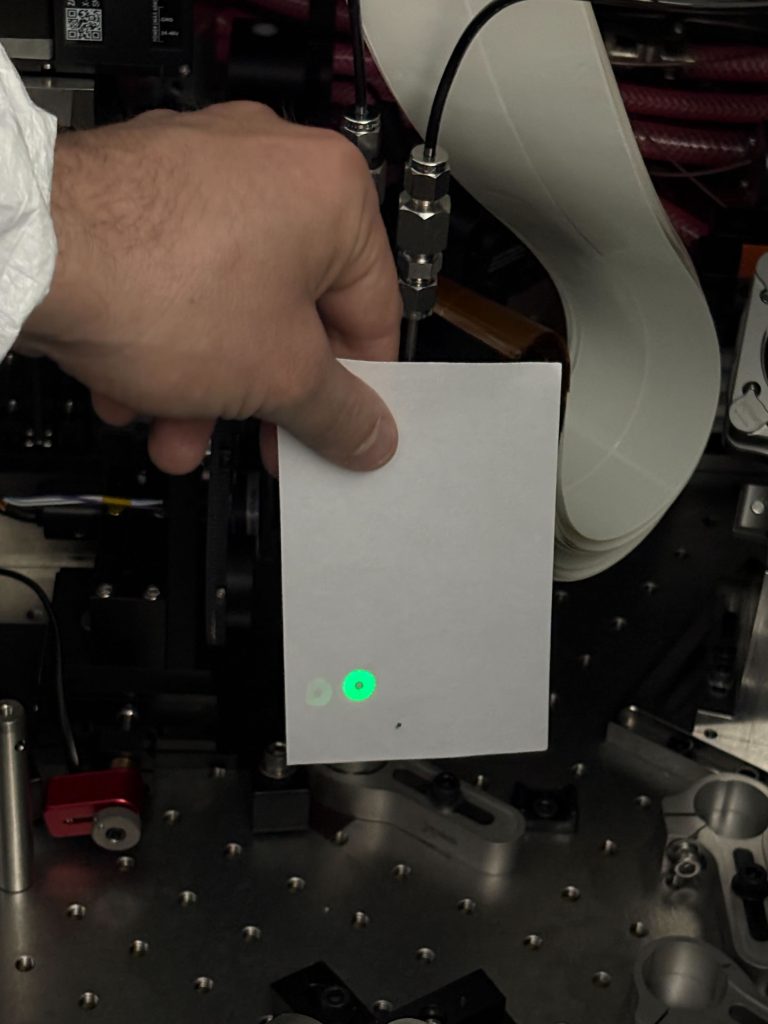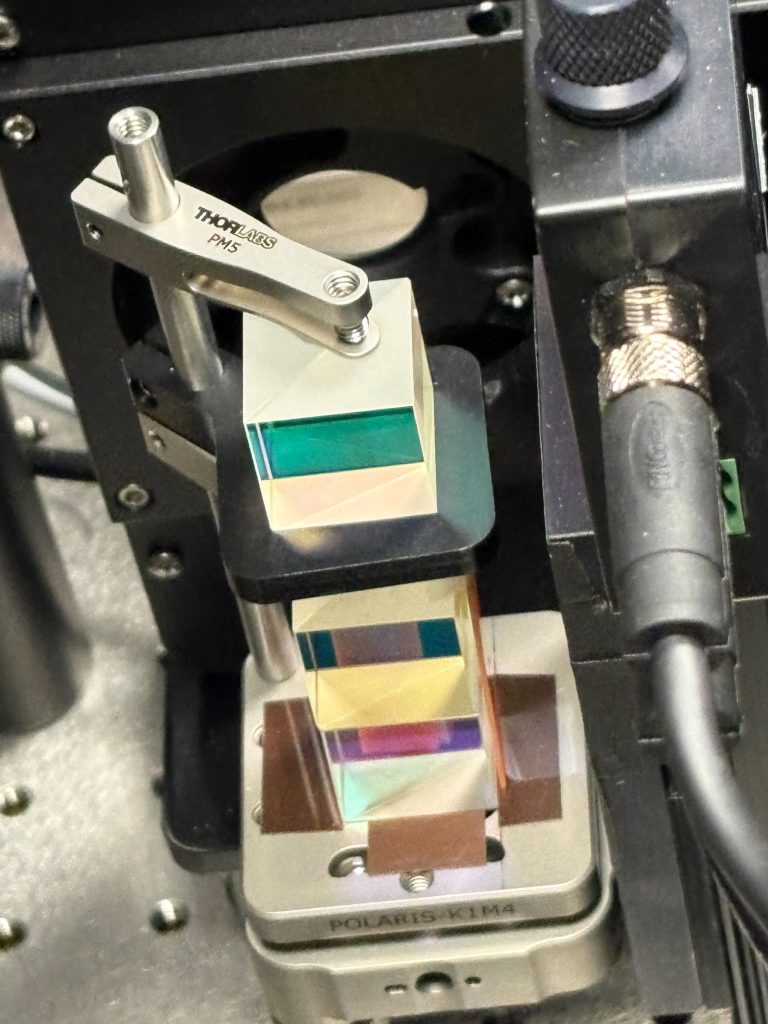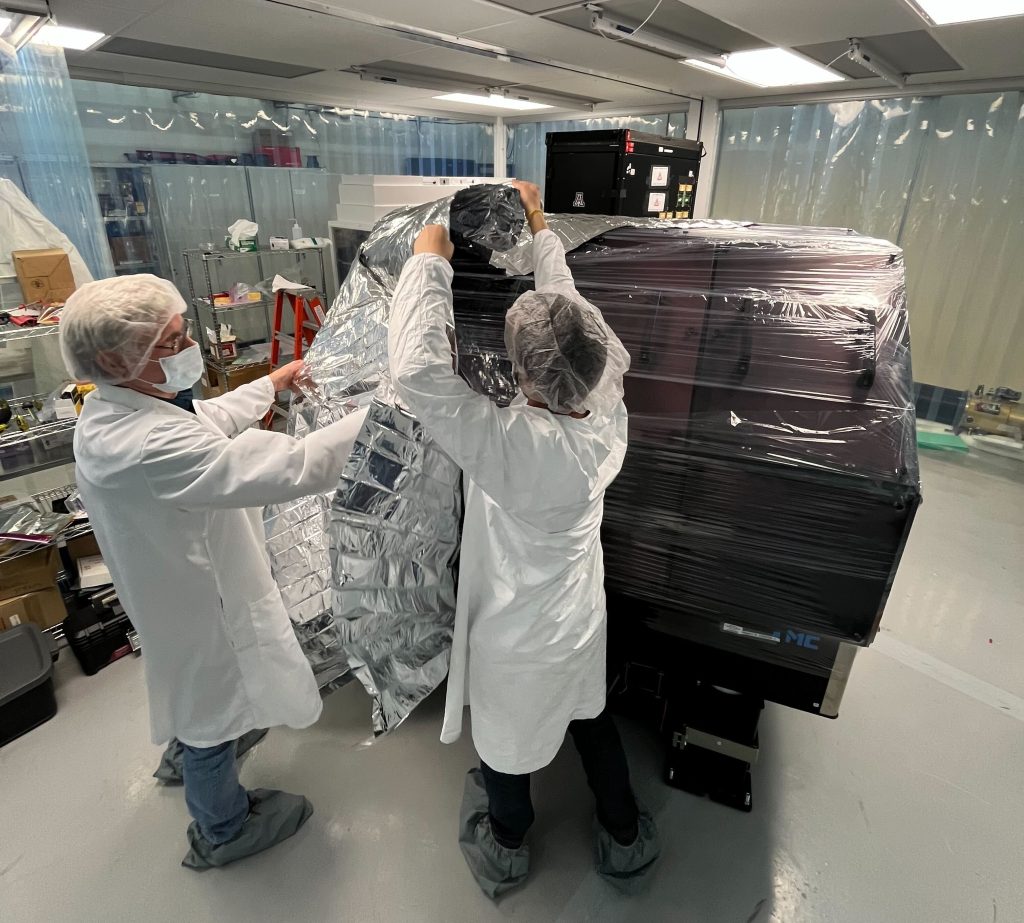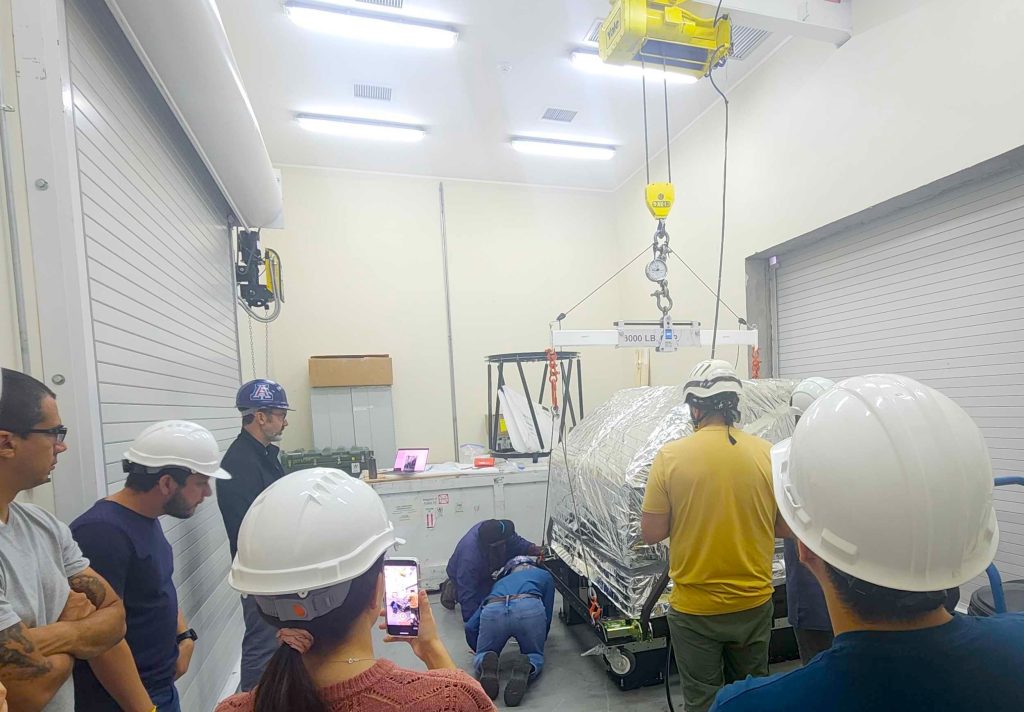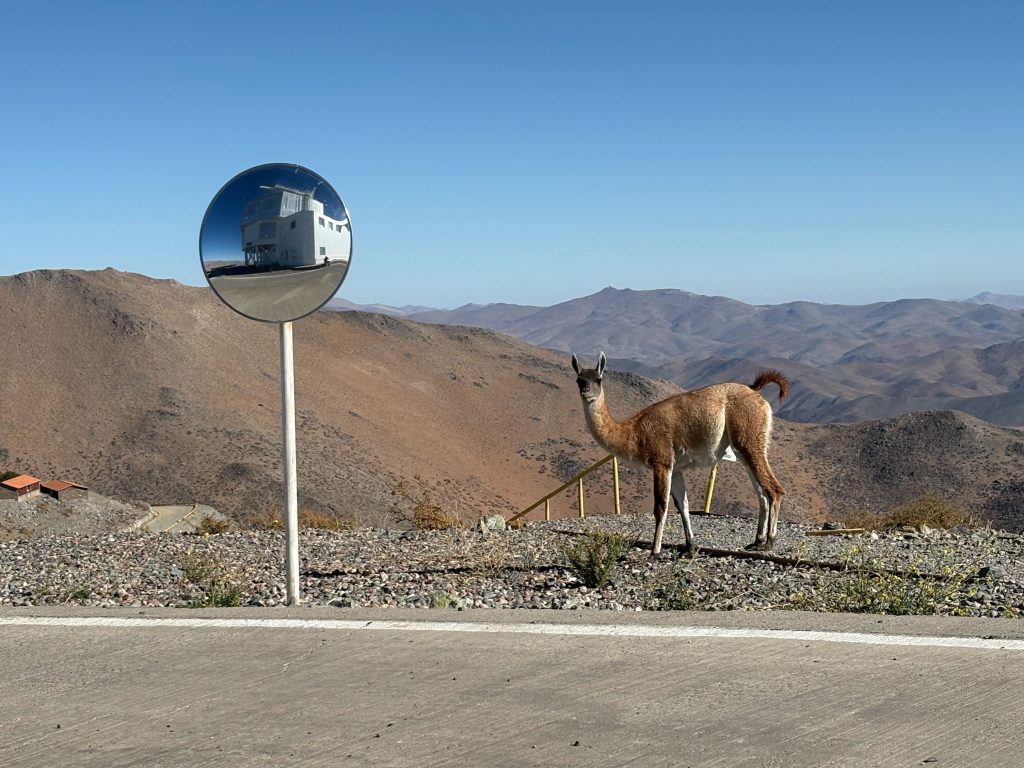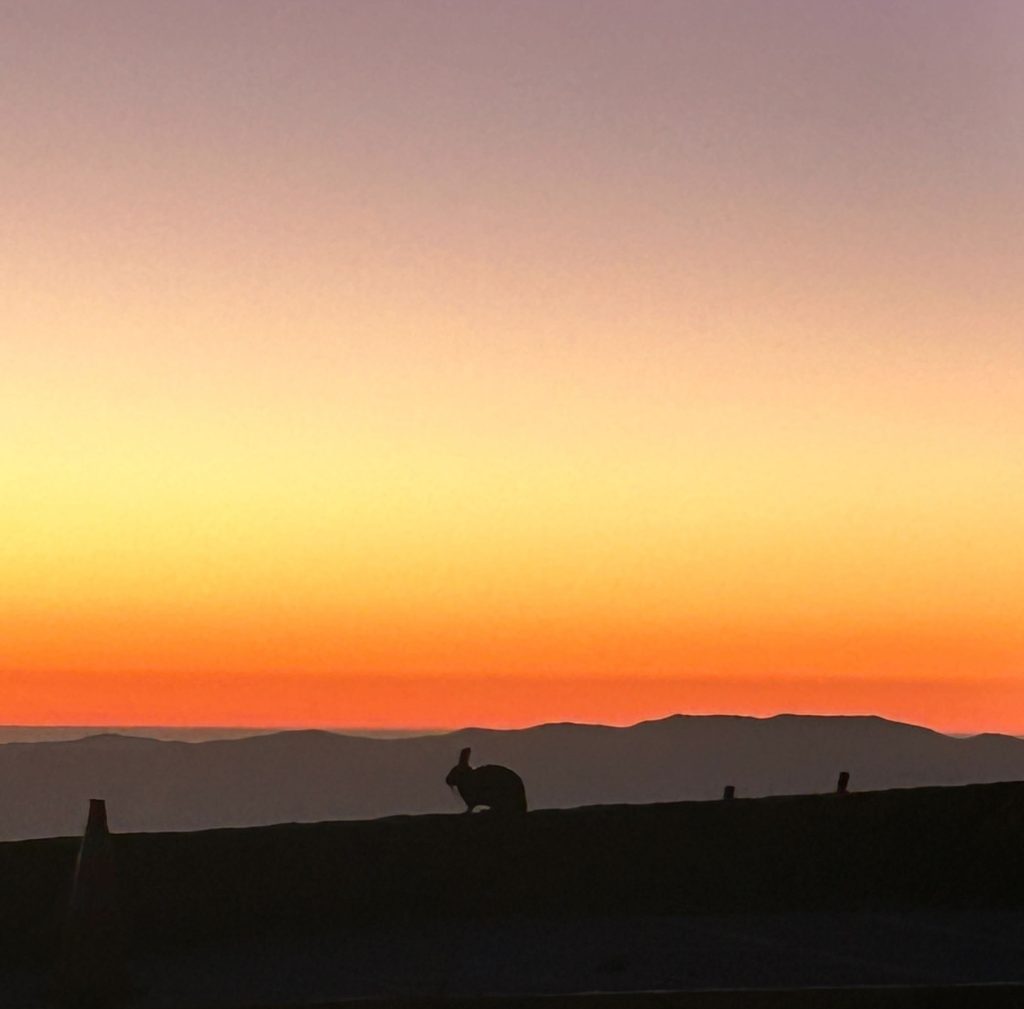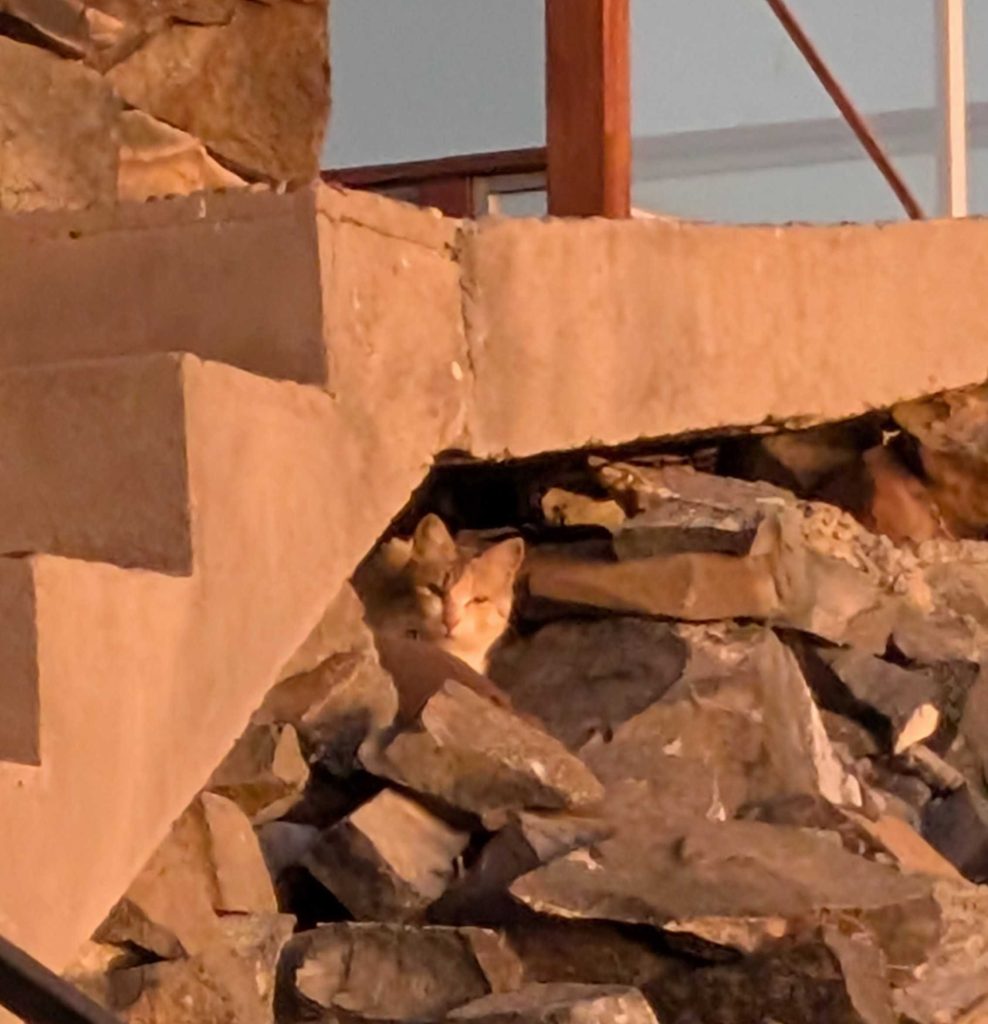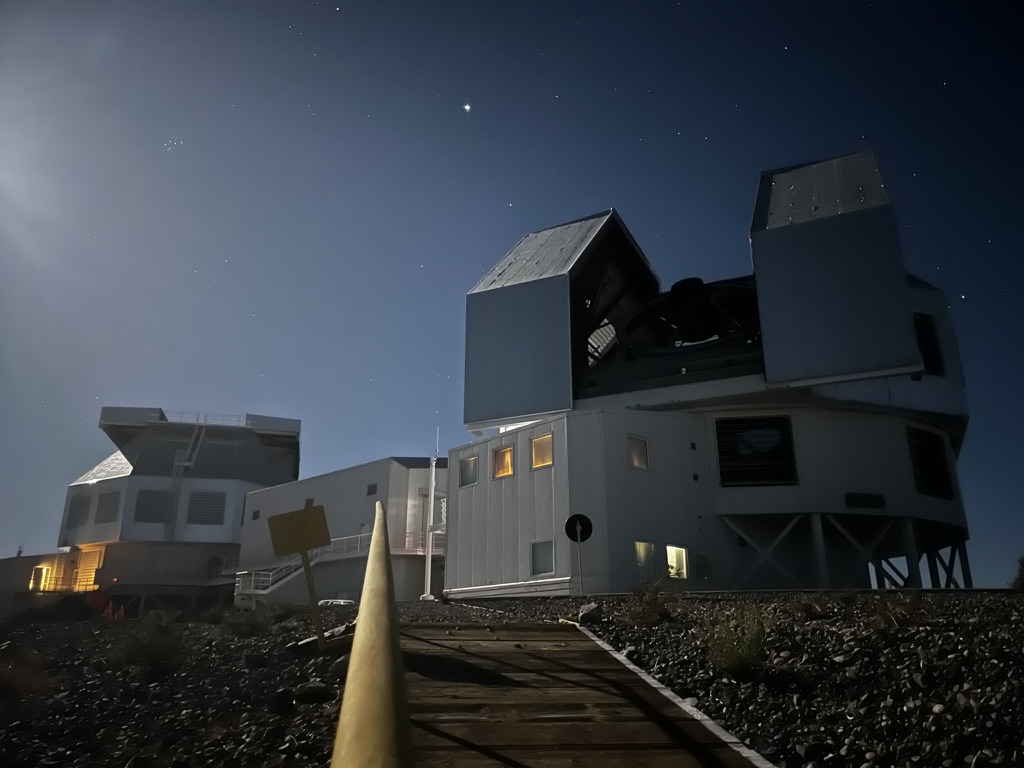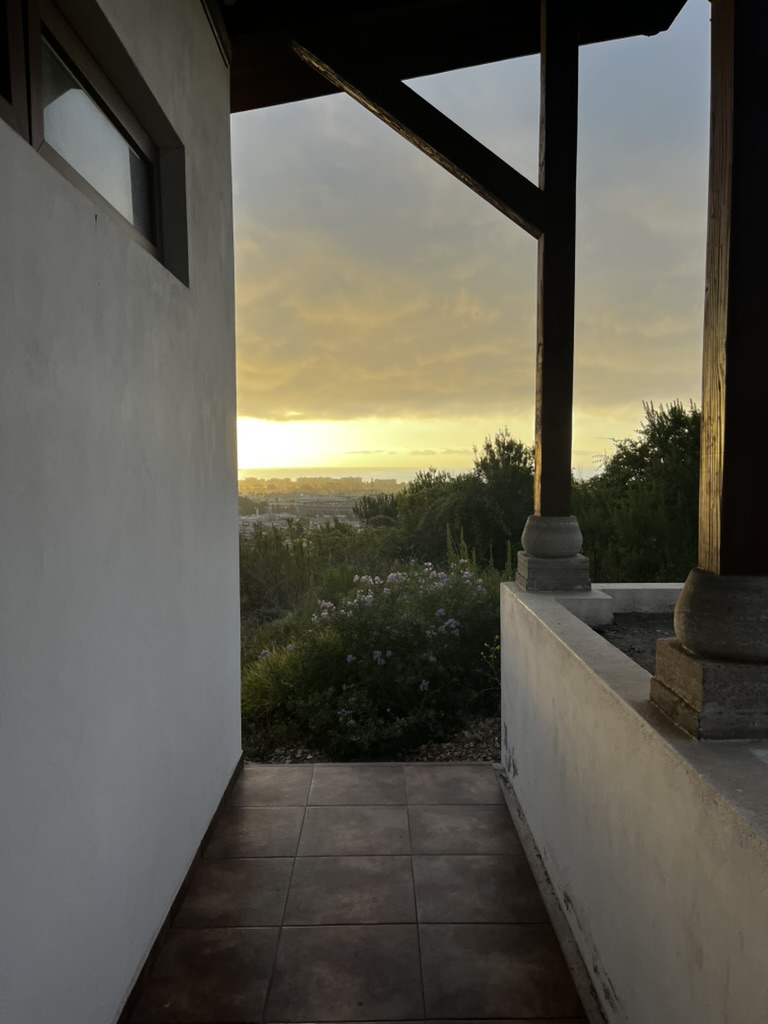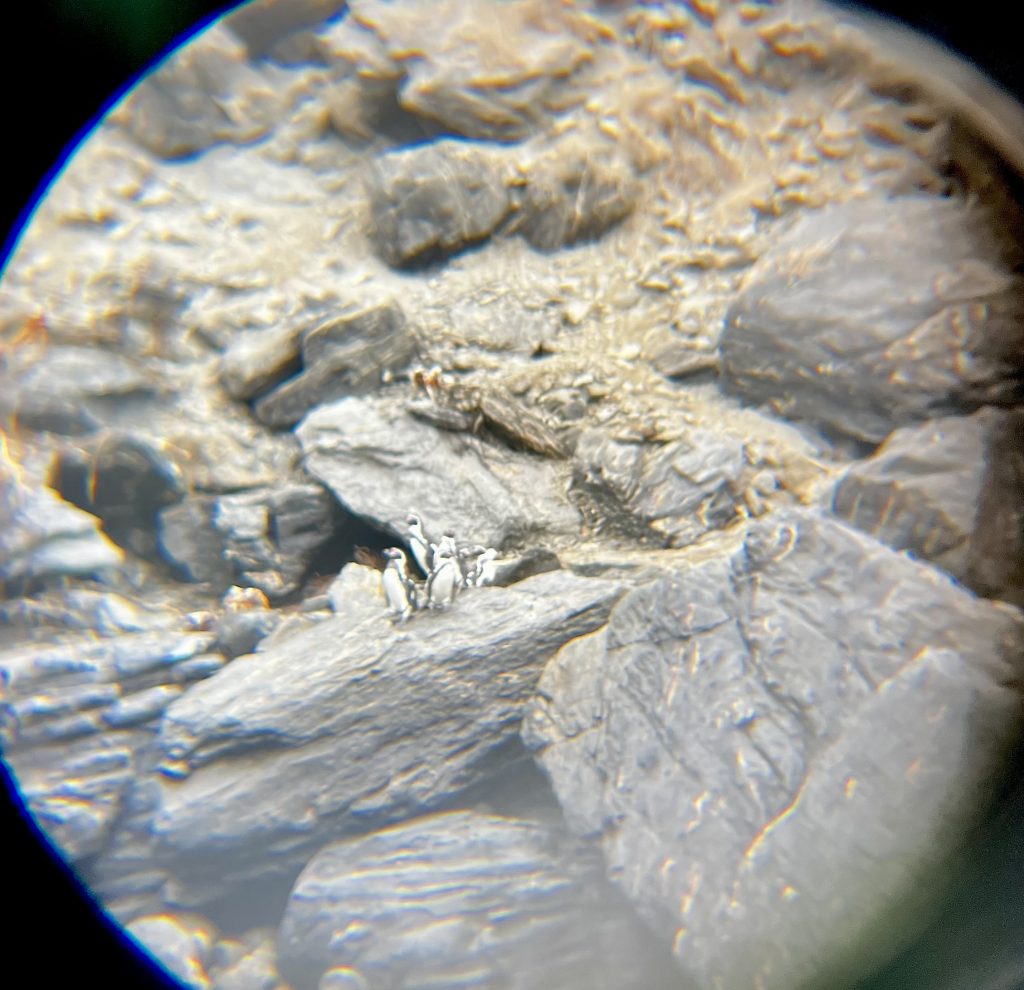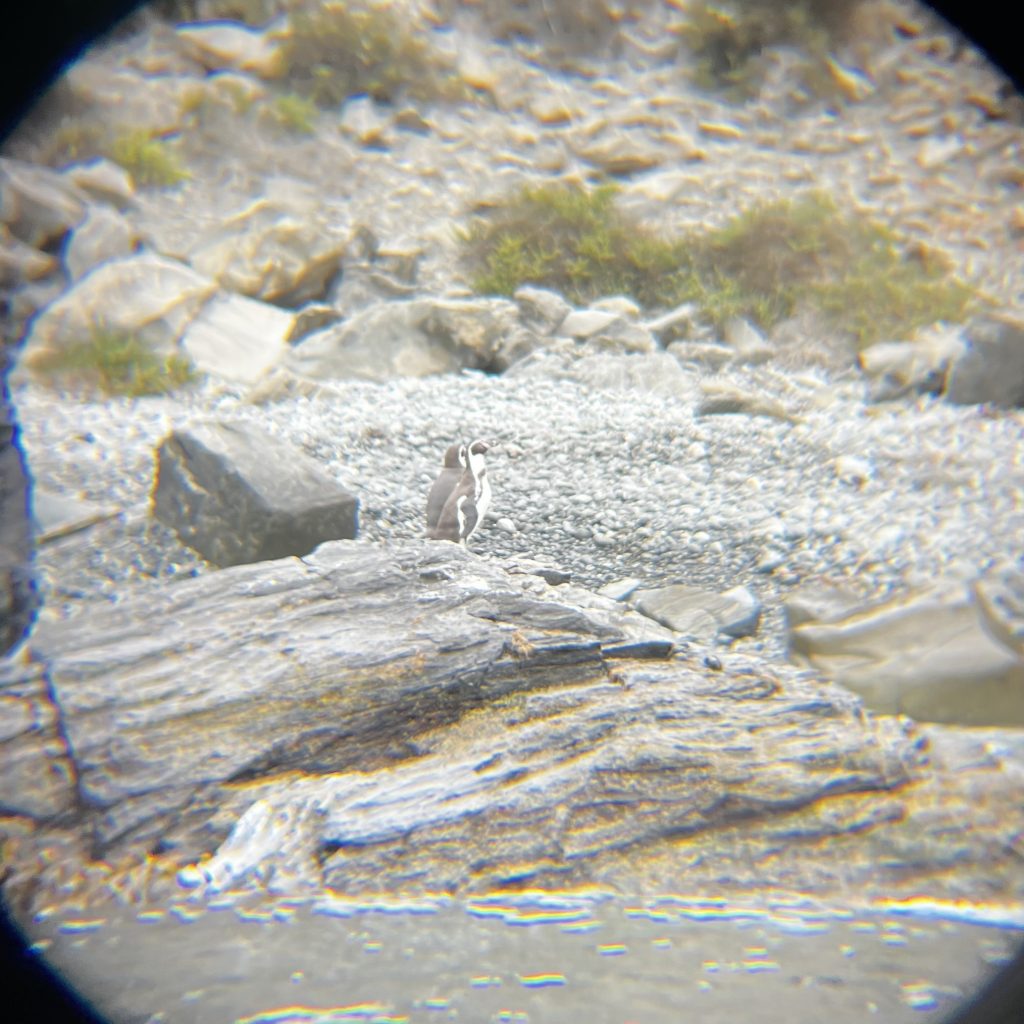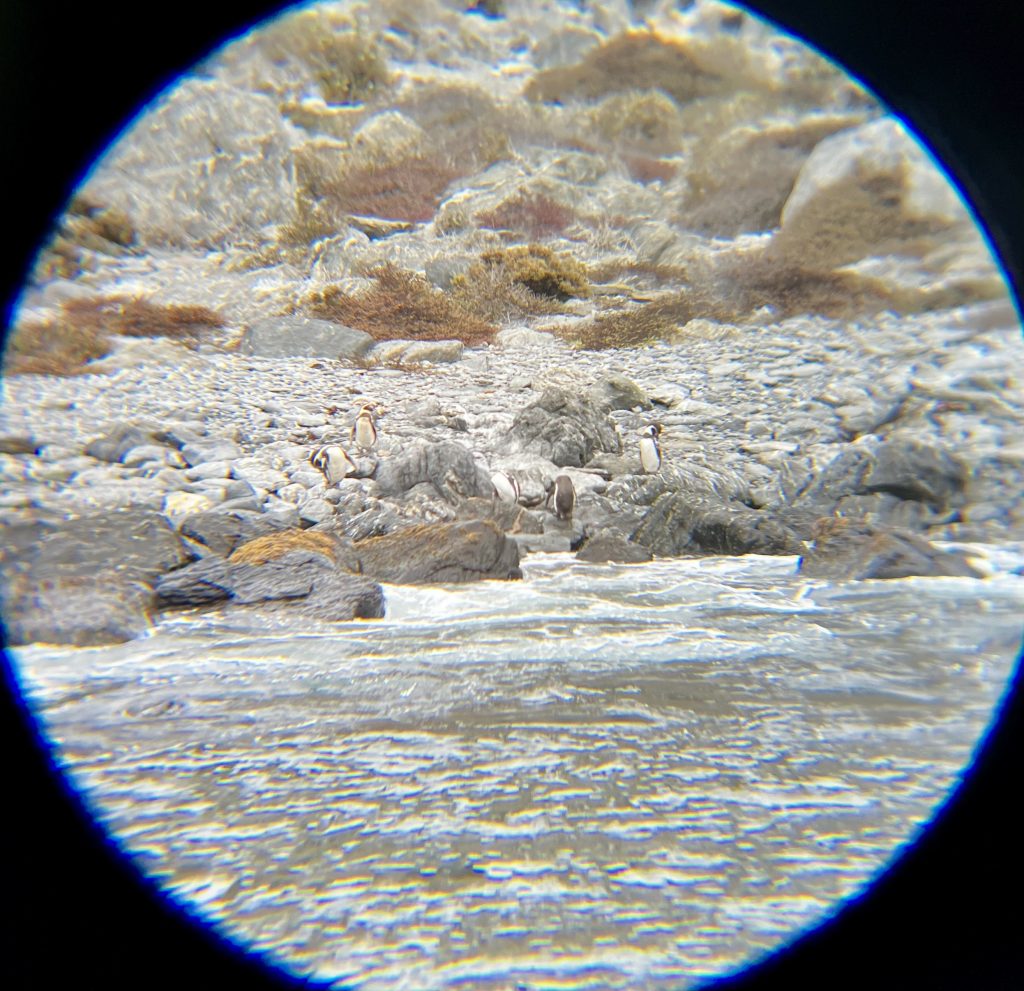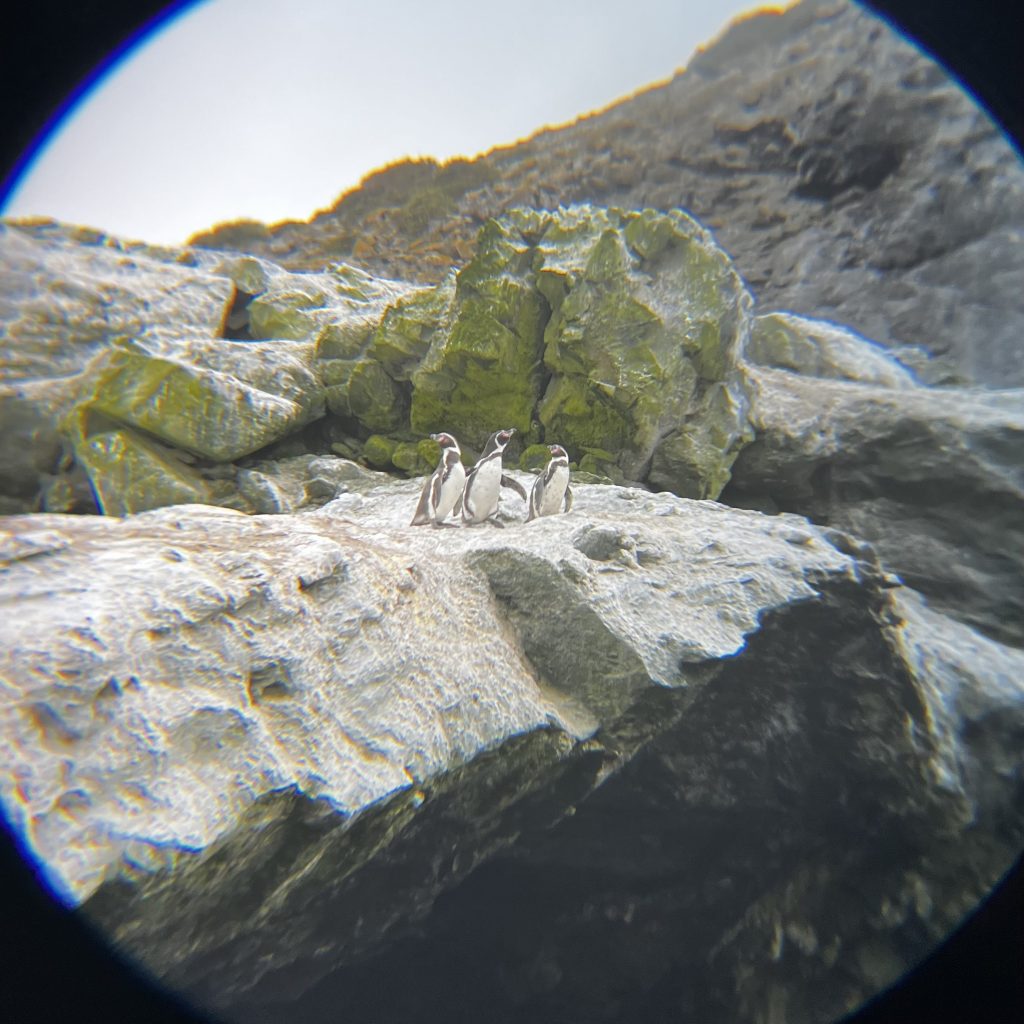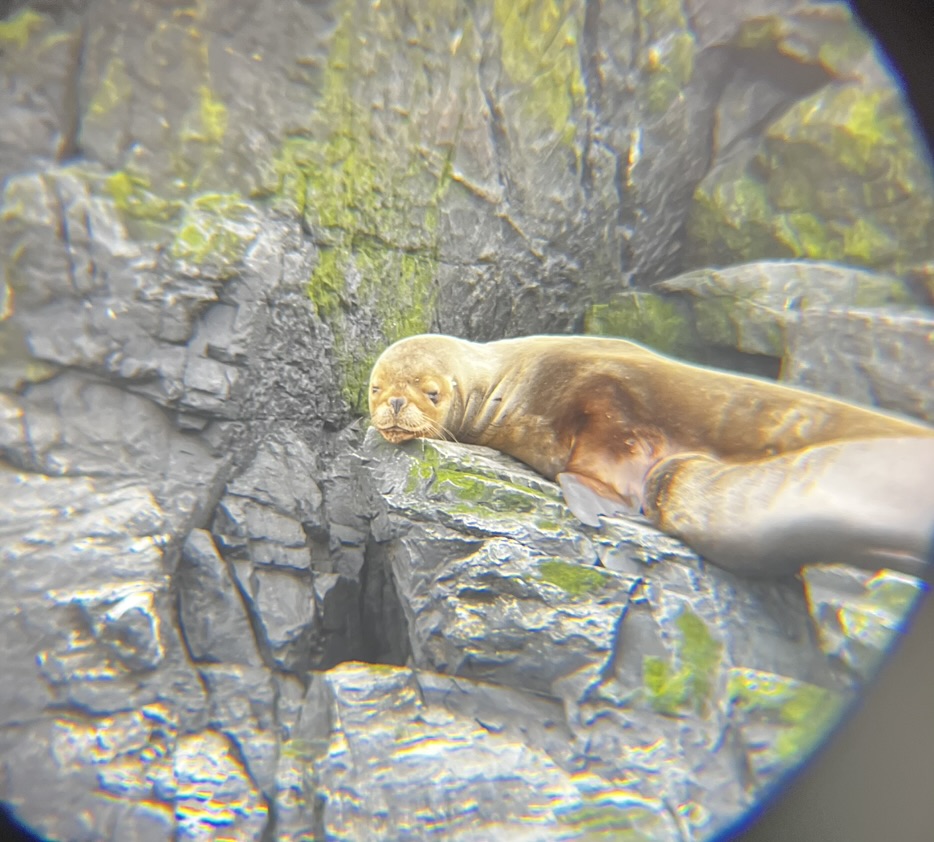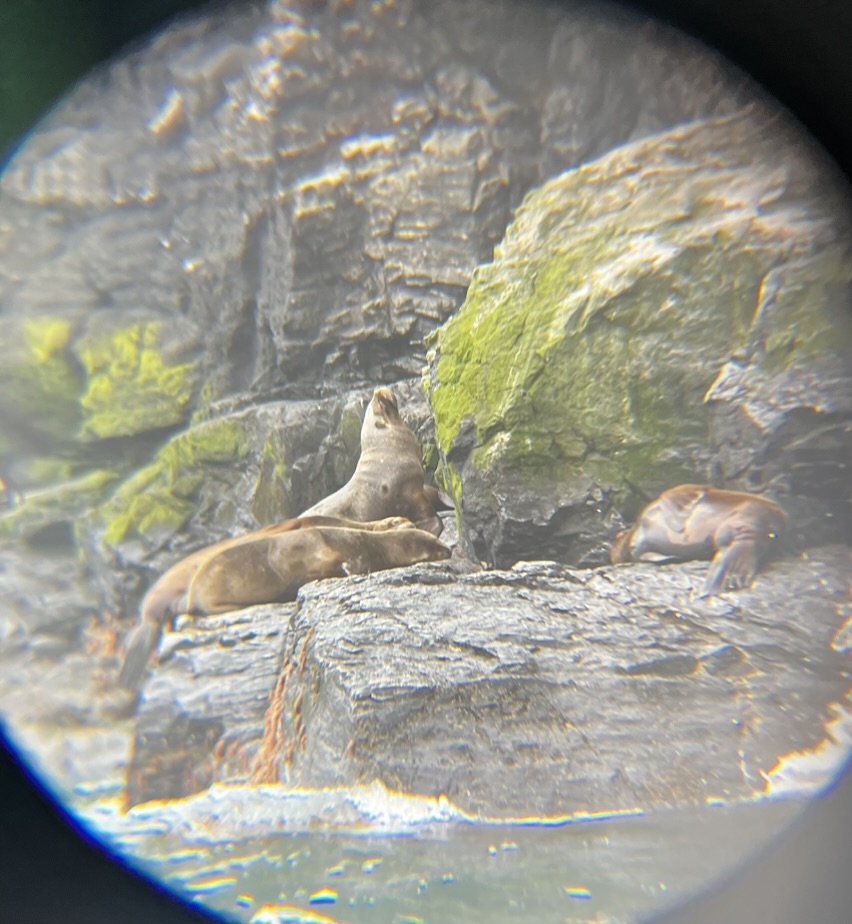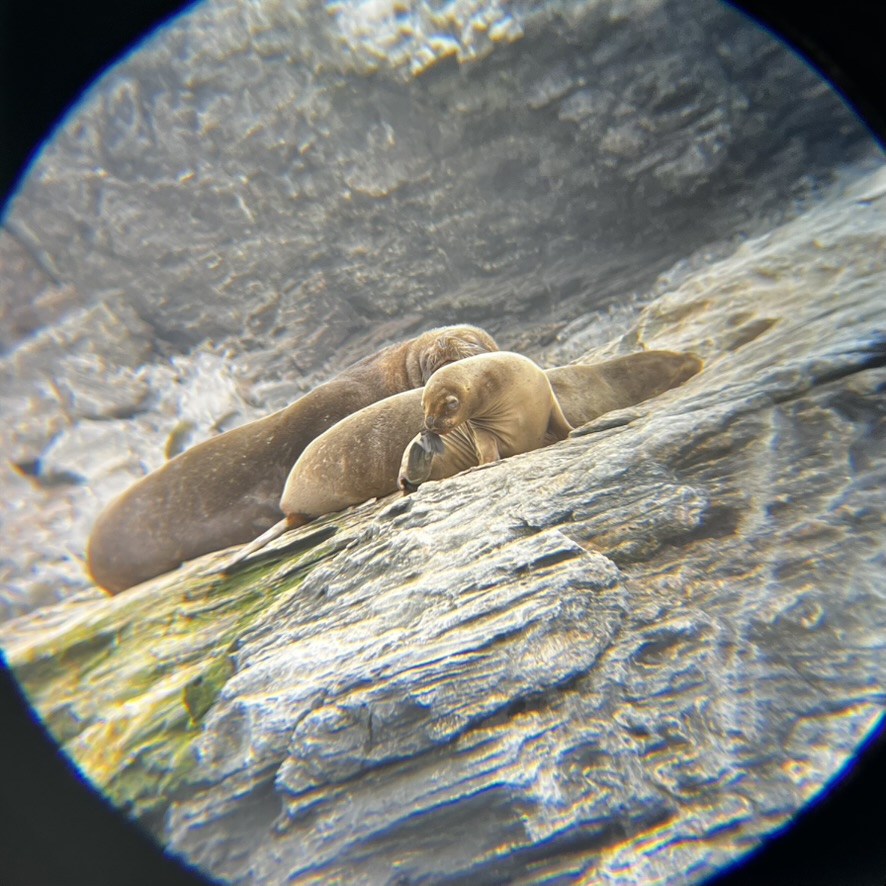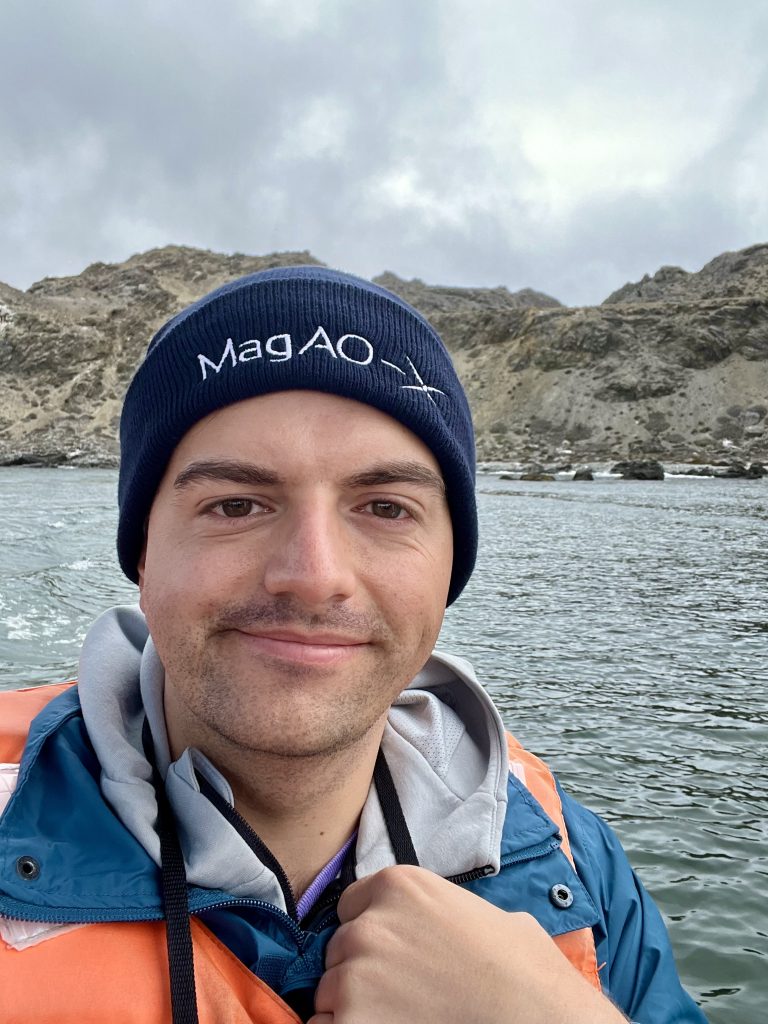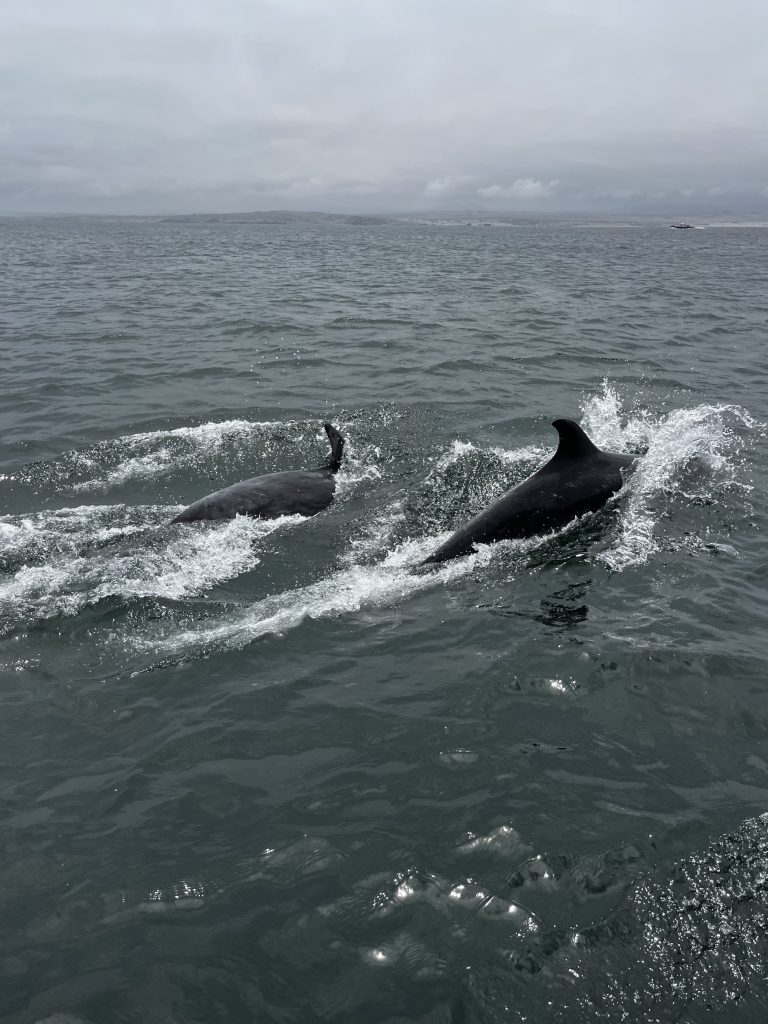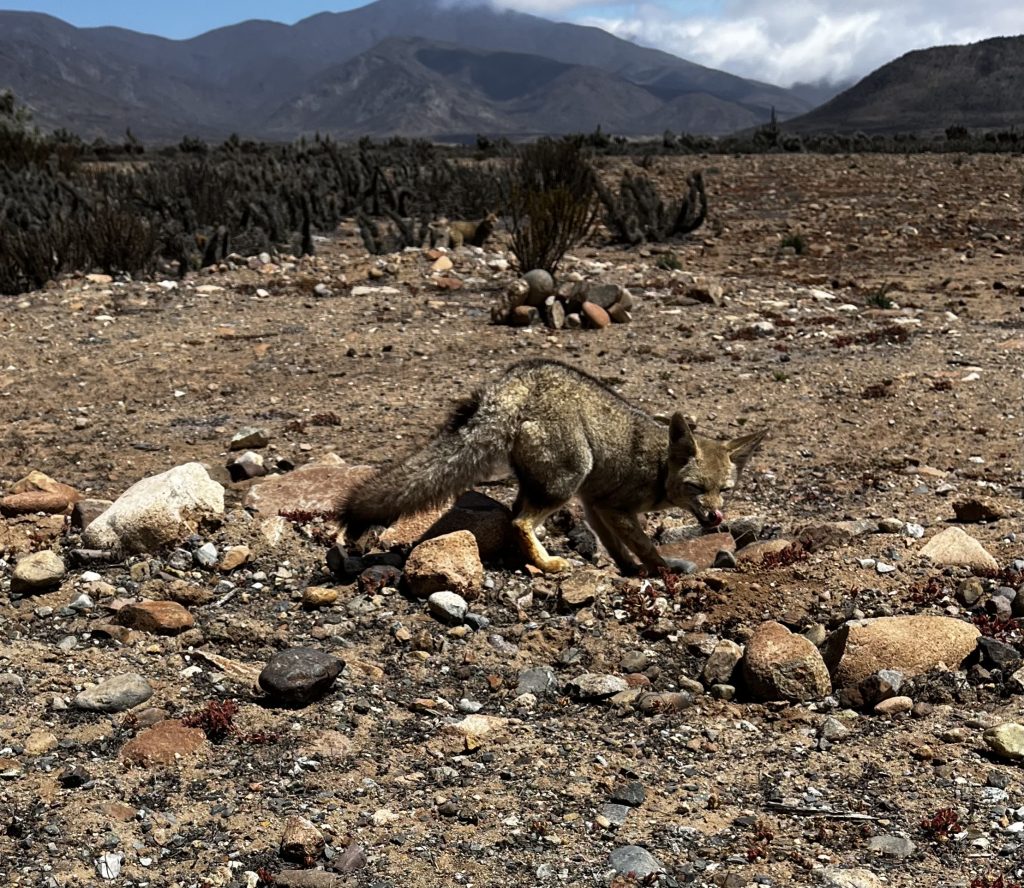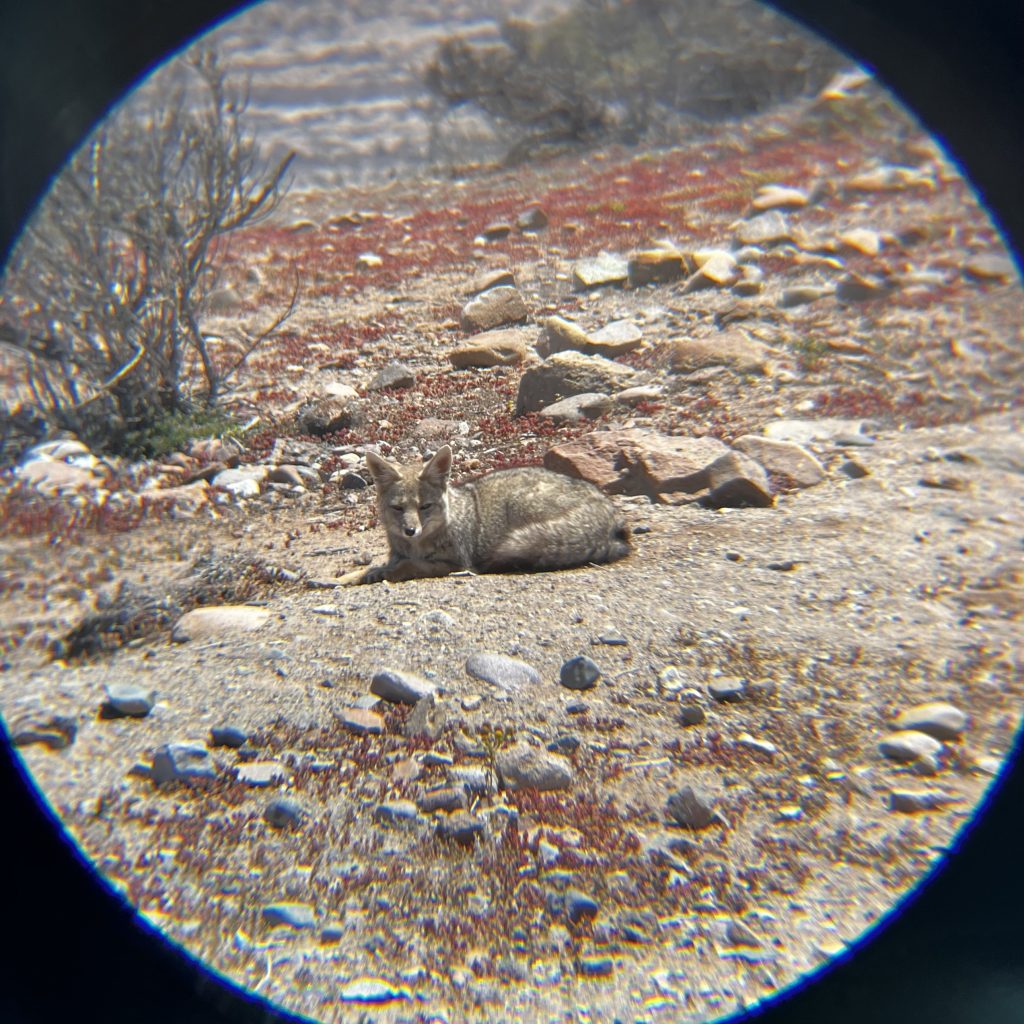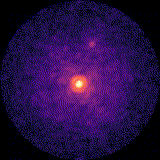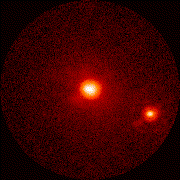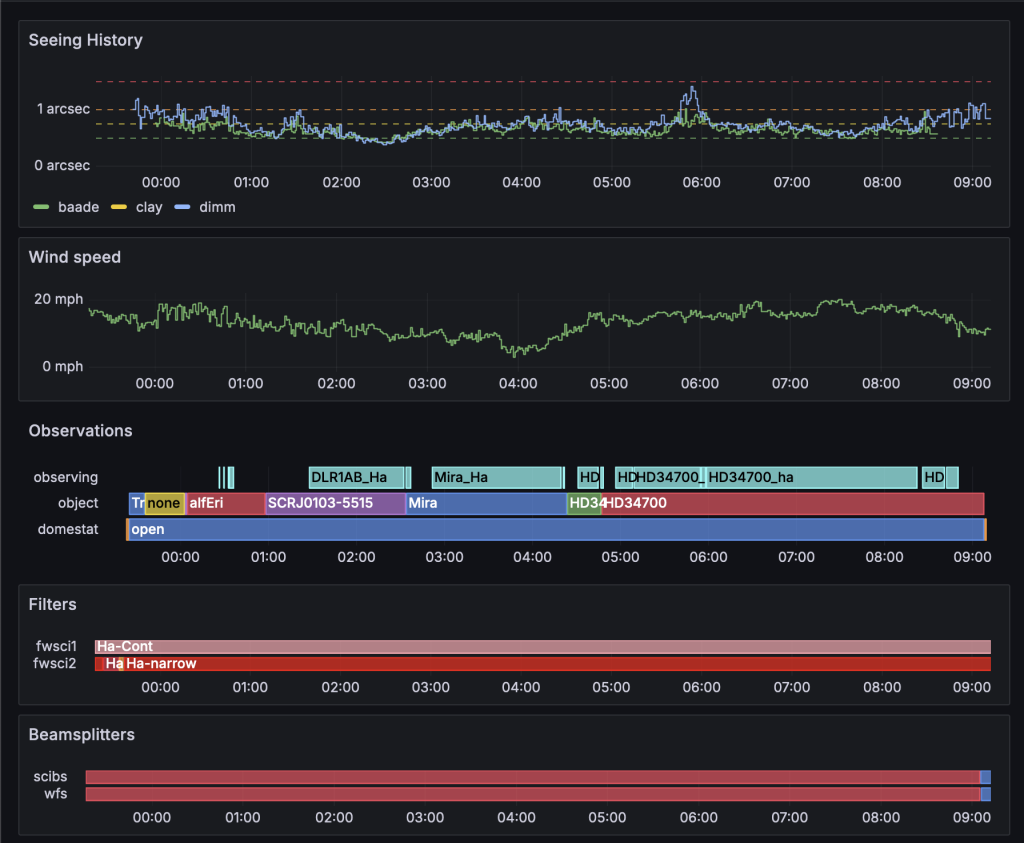I have an unfortunate secret to reveal: we have been operating MagAO-X in 2024B mode this whole time.
When the team first arrived, a wizened mystic emerged from the Room Behind the Kitchens and croaked out a prophecy:
Hasta que enstiques el instrumento tendras visión astronómica de baja calidad.
Unfortunately, nobody in the advance guard understood Spanish. Indeed, it was only in the post-mortem retrospective of this operational anomaly that the prophecy was even mentioned.
With the aid of hypnosis-based memory retrieval techniques and a team of Spanish-to-English translators, we were able to decipher the above as:
Until you ensticken the instrument, you will have poor quality seeing
This is a curse most dire to wish upon an astronomer, as it means their starlight will go every which way (instead of down into the pixels where it belongs). Fortunately, the mystic provided the remedy as well: ensticken the instrument.
The ritual had been delayed out of deference to our patch designer, Dr. Logan Pearce of the University of Michigan, who was not present for our first on-sky nights. Indeed, it was only performed today, on her—and my—last night on the mountain.
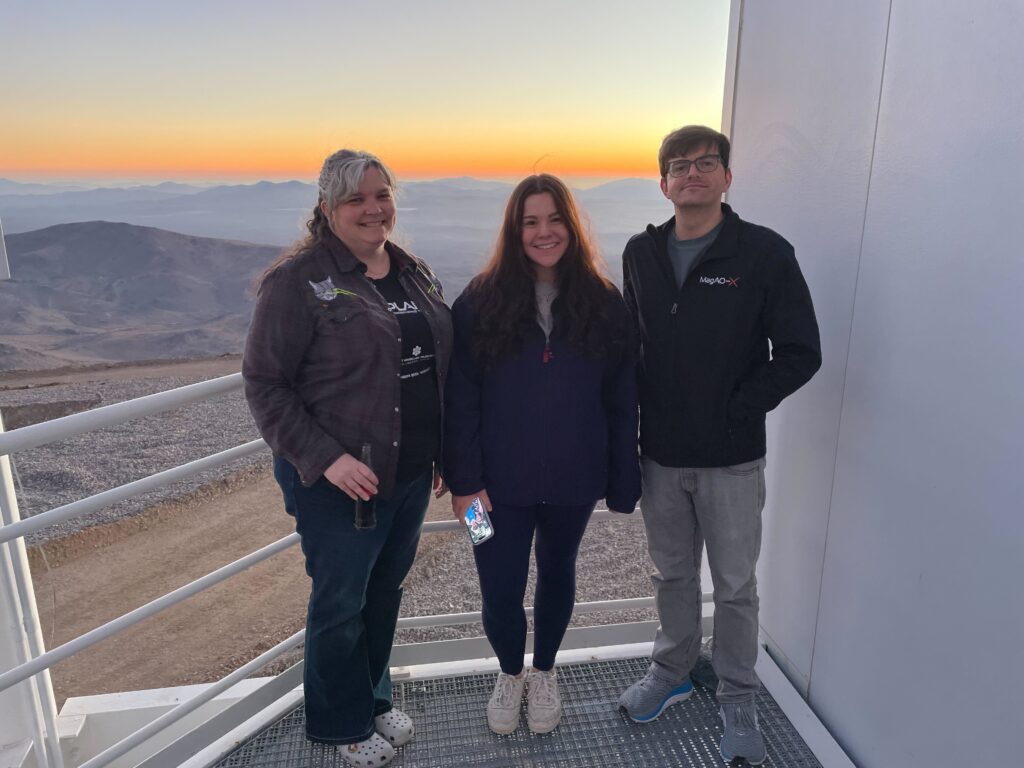
At sunset, we ascended to the East platform and watched Logan ensticken.
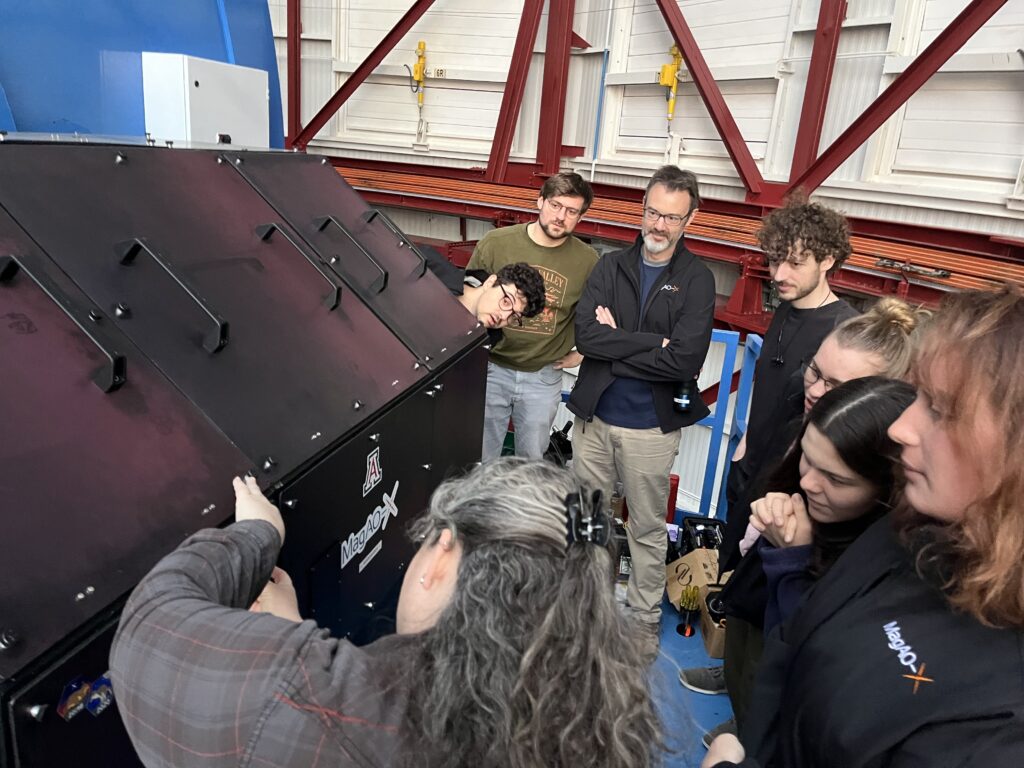

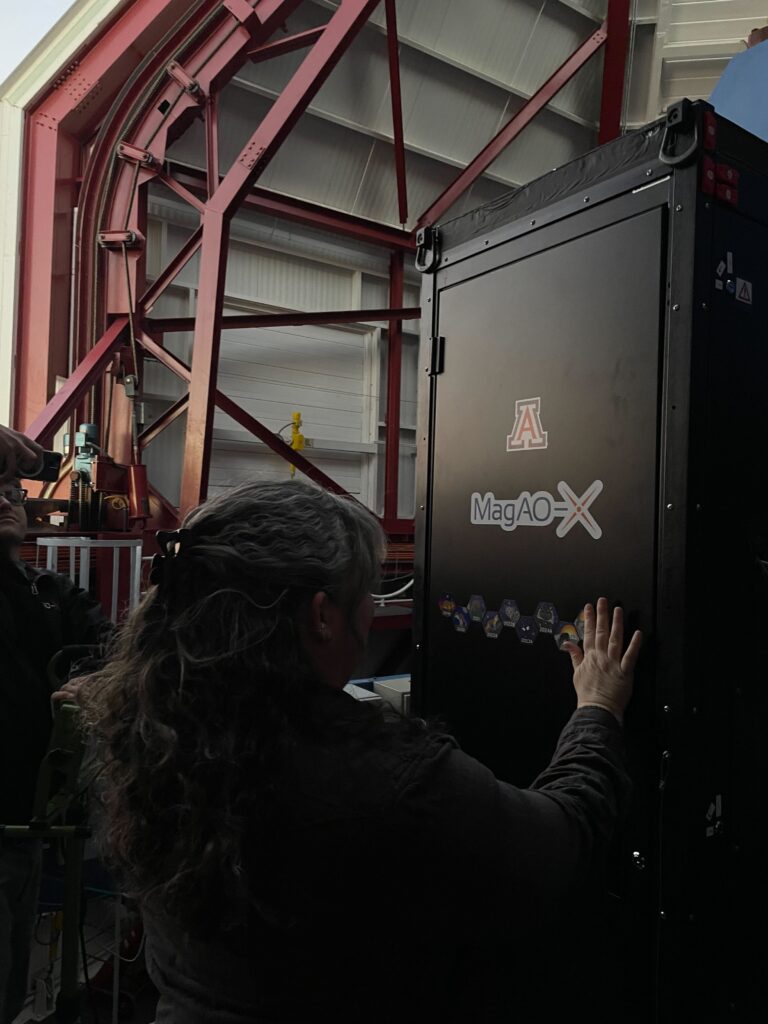
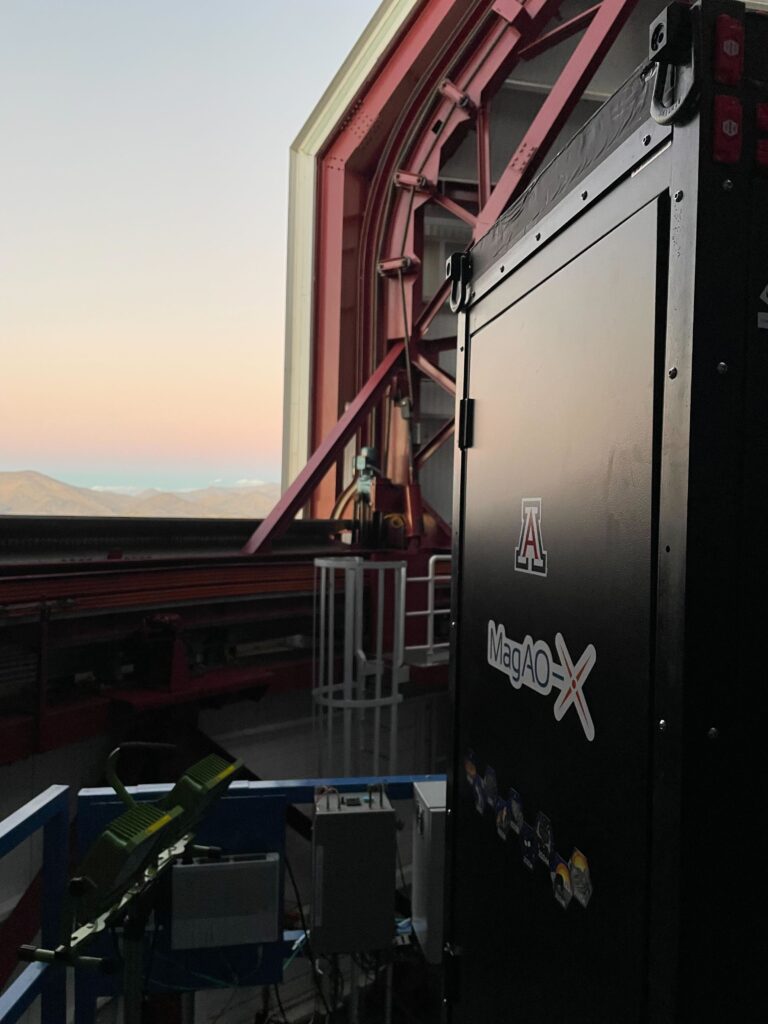
The results speak for themselves:
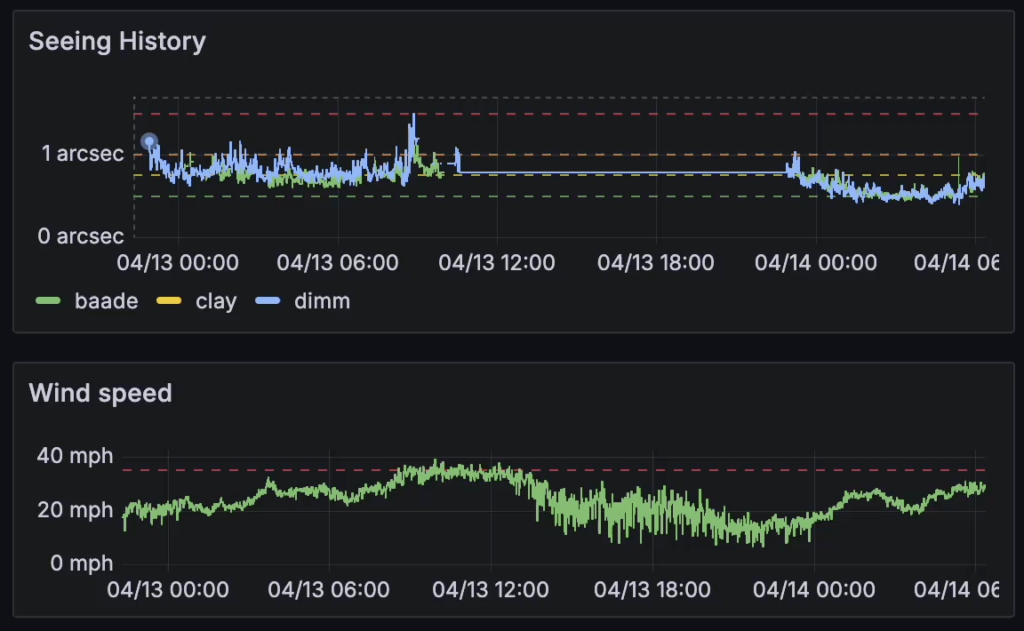
Yesterday, we were bumping up against the high-wind-shutdown speed limit until sunrise. We were looking at the wind speed graph saying “wow, that escalated quickly!” Today, the atmosphere has been much better-behaved.
We used the time to revisit some old favorites for Alycia and Sebastiaan. Alycia has already left, so Logan was pinch-hitting this evening. To image debris disks, reference star data is more useful than getting more sky rotation. Unfortunately, getting contemporaneous reference star data is impossible with an extreme AO instrument: you can’t lock on two stars at once.
This means a lot of switching back and forth to collect data on both the target and reference (i.e. star-hopping). Loud cheering erupted from the control room when they got the target-switching overhead under two minutes. This means our operators are top notch, naturally, but also that Alycia chose really good reference stars.

The latter part of the night was devoted to VIS-Xing. By dispersing the light in each spaxel (spectral pixel), VIS-X enables spectral differential imaging with many samples in wavelength space. On the other hand, when we perform SDI with MagAO-X’s main science cameras, we have only two different wavelengths to work with. Looking forward to seeing what Sebastiaan pulls out of this dataset! (PDS 70 d? …e?)
This afternoon, telescope operator Jorge Araya kindly showed us the Baade 6.5-meter telescope mirror. (“It’s a lot like the other one.” — Jorge)
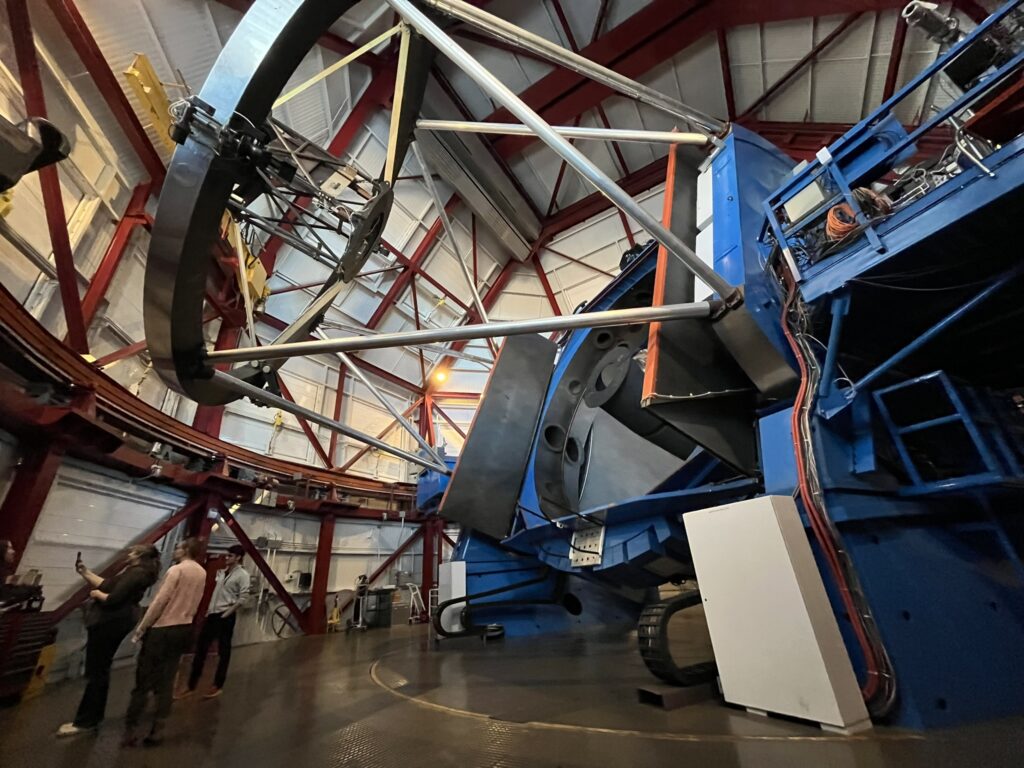
I’ve seen it before, but somehow this never gets old.
I’m headed out this afternoon for another fun day or two of sitting in airports and airplanes as I head back to New York. The science continues without me, with seven more whole nights of MagAO-X-ing to go. I’m sure I’ll be kept in the loop, though—by daily blog posts, if nothing else. ¡Hasta pronto!
Frivolity interlude
The P.I.’s imagination was recently captured by the idea of walk-up music for AO operators. After I added Maggie-O-X to the instrument, it gained the ability to speak on command. It’s a small jump from that to playing arbitrary audio clips.
As of today, when the operator and observer are selected in the MagAO-X web interface, the appropriate walk-up song will play in the control room.
(Note 1: while the clips approved for control room use are G-rated, the full songs are not necessarily “Song of the Day” material. Note 2: Some songs were chosen, others assigned.)
- Jared Males — Ænema by Tool
- Laird Close — All Star by Smashmouth
- Logan Pearce — Skibidi by Little Big (no relation)
- Elena Tonucci — Pesca la tua Carta Sakura from the Italian dub of Cardcaptor Sakura
- Sebastiaan Haffert — Voodoo Mon Amour by Diablo Swing Orchestra
- Katie Twitchell — Careless Whisper by George Michael
- Eden McEwen — Planetarium by Slothrust
- Josh Liberman — Lip Gloss by Lil Mama
- Joseph Long — Seven Nation Army by The White Stripes
In an effort to motivate deeper understanding of the instrument software, the P.I. has declared that future walk-up song additions must be done and deployed by the party concerned. Godspeed, git users.
Song of the Day
Honestly, this was already Day of the Songs, but what’s one more between friends?
